Which solution for contact lenses is better and what can replace the solution with?
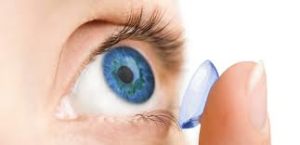 Contact lenses is a convenient and comfortable means of vision correction, a real salvation for those who have worn glasses for many years and are tired of them. They are especially convenient for people with a high degree of myopia, who previously had to wear glasses with thick lenses. The only difficulty in using them is caring for them: you need to wash them every evening with a special solution and place them in a container, which is also washed regularly, or replaced with a new one.
Contact lenses is a convenient and comfortable means of vision correction, a real salvation for those who have worn glasses for many years and are tired of them. They are especially convenient for people with a high degree of myopia, who previously had to wear glasses with thick lenses. The only difficulty in using them is caring for them: you need to wash them every evening with a special solution and place them in a container, which is also washed regularly, or replaced with a new one.
The solution performs several important functions: it disinfects, cleanses from contaminants and maintains a wearable condition - moisturizes and softens. There is a wide selection of solutions, they all have their own advantages and differ slightly in composition and quality.
The content of the article
Which contact lens solution is best?
There are many types of solutions, but there are several most popular names:
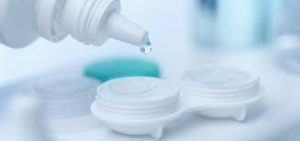 BioTrue, the latest development from baush&lomb. Its pH is almost identical to the composition of tears, so it does not cause discomfort and does not suppress the natural protective functions of proteins in the tear fluid. Contains hylauronic acid, due to which it moisturizes lenses all day long and allows you to avoid the unpleasant feeling of dryness in the evening, familiar to many who wear them. The price is slightly higher than analogues on the market, but the quality fully justifies it.
BioTrue, the latest development from baush&lomb. Its pH is almost identical to the composition of tears, so it does not cause discomfort and does not suppress the natural protective functions of proteins in the tear fluid. Contains hylauronic acid, due to which it moisturizes lenses all day long and allows you to avoid the unpleasant feeling of dryness in the evening, familiar to many who wear them. The price is slightly higher than analogues on the market, but the quality fully justifies it.- Synergy sauflon. Effectively cleanses lipid and protein deposits, including silicone hydrogel. Contains Oxipol, which simultaneously has a moisturizing, antiseptic and cleansing effect. The absence of preservatives makes it ideal for sensitive eyes. When the solution disintegrates, molecular oxygen is released, which further increases the vitality of the cornea. Used throughout the day for additional hydration.
- ReNu MultiPlus - universal solution from baush&lomb. Cleans and disinfects, prevents the formation of protein compounds, thereby extending the wearing life of products. Used to rinse and wet, maintaining comfort throughout the day. There is also a variety - ReNu MPS - especially for sensitive eyes. One of the most popular solutions, optimal in terms of price-quality ratio.
- Opti-Free Express from Alcon - also universal, suitable for all types of lenses, perfectly cleans and disinfects, contains citrate, which effectively removes proteins. It also moisturizes well and makes wearing comfortable. Reasonable cost, economical use, suitable for sensitive eyes, in a word, satisfies all consumer needs.
- Licontin station wagon - a water-salt solution of domestic production, produced by Medstar. A significant advantage is its price, which is almost two times lower than popular foreign analogues. At the same time, it meets all consumer requirements, performing its functions perfectly. Its shelf life is relatively short - 2 months.
- Enzyme tablets from Avizor — contain the microbiological enzyme subtilisin, due to which they most effectively break down and remove protein deposits.For all its strength, this component is non-toxic and does not cause eye irritation. Used once a week. The tablet is placed in a container filled with a multifunctional solution, after complete dissolution, lenses are placed there and left for a period of 30 minutes to several hours. Then they need to be rinsed well. The feeling from use is as if the lenses had just been purchased, a pleasant discovery for owners of lenses with a long period of wear, a month or more.
Types of solutions
- Multifunctional — perform several functions at once: disinfect, clean and moisturize. They are practically not felt by the eye, as they have a softening effect and are universal.
- Water-salt — intended for storage and washing, perfectly preserves lenses, repeats the composition of ordinary tears. Appeared on the market since the release of the very first contact lenses.
- Daily - clean well, but are not suitable for storing lenses in them. Peroxide - due to the content of 3% hydrogen peroxide solution, they clean more effectively. However, after its use, rinsing is necessary, since the peroxide solution itself can cause a burn to the mucous membrane. Used 2 times a month, not more often, for long-term wear lenses. Enzyme - eliminate protein contamination. You need to immerse the lenses in this solution for 15 minutes, then rinse them and put them in a container. You can add it to a cleansing or water-salt solution. Recommended use once every 7 days. Available in the form of enzyme tablets that need to be dissolved.
Important: According to experts, the more moisture, the less antiseptic properties the solution has, the greater the risk of infection, therefore, when using solutions with hyaluronic acid, it is necessary to additionally monitor hygiene.
What can replace contact lens solution?
How to replace contact lens solution if you find yourself in an unusual situation, for example, you are forced to spend the night away from home, but you don’t have it with you? There are options to solve this issue:
- Saline solution. Cheap and accessible, sold in pharmacies. Before use, it is necessary to disinfect the container into which it will be poured. Of course, saline solution does not disinfect lenses, but it will help maintain their shape and flexibility.
- Distilled water. At least boiled one will do, to which you must add salt in the proportion of 9 grams (half a tablespoon) per 100 ml. It is important to wait until the salt has completely dissolved before placing your lenses in.
- Moisturizing eye drops. As a rule, they are sterile, which means they can disinfect. Many moisturizers also contain hyaluronic acid, which means that lenses will not cause discomfort after a night in this liquid. The bottle with drops is small, and you can always have it on hand, including for such unforeseen cases.
However, such tricks are designed for extreme cases and are not a full replacement for lens cleaning solution. As soon as it becomes available, it is necessary to remove the lenses from the eyes and place them in a disinfection solution, and, if necessary, use additional cleaning products.It is impossible to predict in advance what effect alternative products will have on the condition of the lenses, so it is better to avoid such situations and use only proven care products.
Liquid for contact lenses: composition
Contact lens fluid contains many components, but the two main factors that influence its function are salt composition, or osmotic pressure, and acidity (pH).
Important: The chemical composition should be close to the tear fluid; without this, the lens will swell in water, absorbing it, that is, it will lose its consumer qualities. Solution should be isotonic, the equivalent of a 9% solution of common salt, and have a pH of about 7.4.
The second component is surfactants (surfactants), or surfactants, which are detergents. They remove components from the tear fluid of the eye. The higher their content, the more effective the removal of protein, lipid and colloidal deposits.
The third component is preservatives, or disinfectants. They prevent microorganisms from multiplying and reduce their concentration. The most commonly used for this purpose are lawless chloride (BAC), polyquad, dimed, chlorhexidine, and analogues of hydrogen peroxide - berborates.
And the last component is air conditioner, which moisturizes and lubricates the surface of the eye, making the stay in the lenses more comfortable. The function of a humectant is usually performed by hylauronic acid.

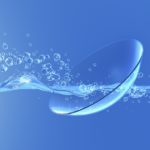
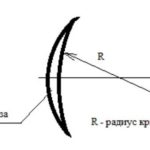

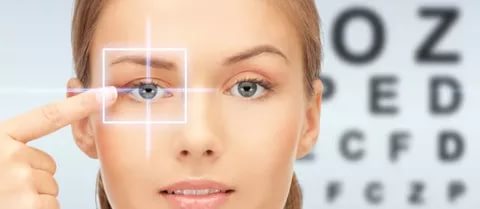
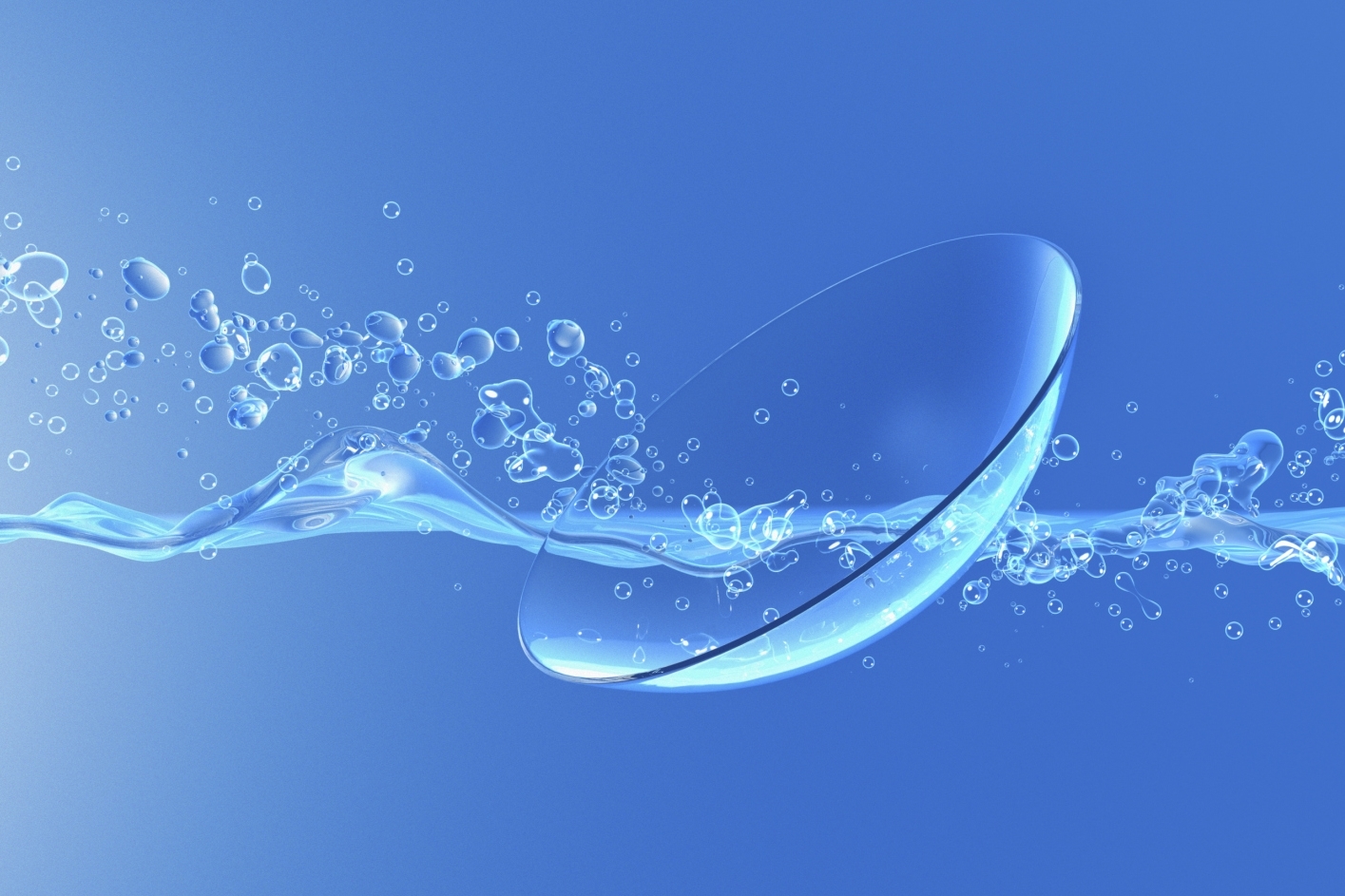
I have been using contact lenses for several years and wear them constantly. For storage, I only use the solution and take an expensive one. There was a time when I ran out of it and wasn’t at the pharmacy, so I decided to buy a cheap one, but it turned out that I was severely allergic to it. Once I replaced it with my saliva for storage, I forgot the solution on a trip, and there was no way to buy it. In general, I think the solution needs to be selected individually.